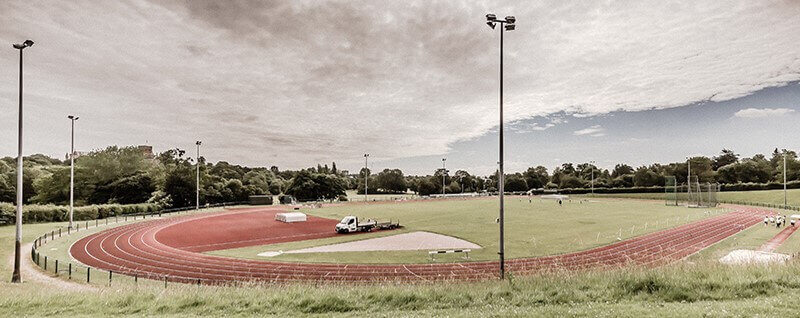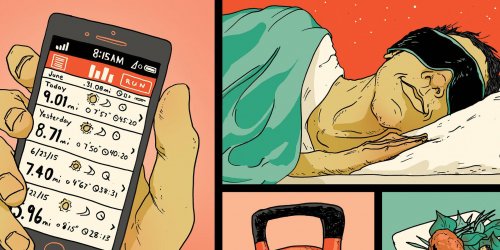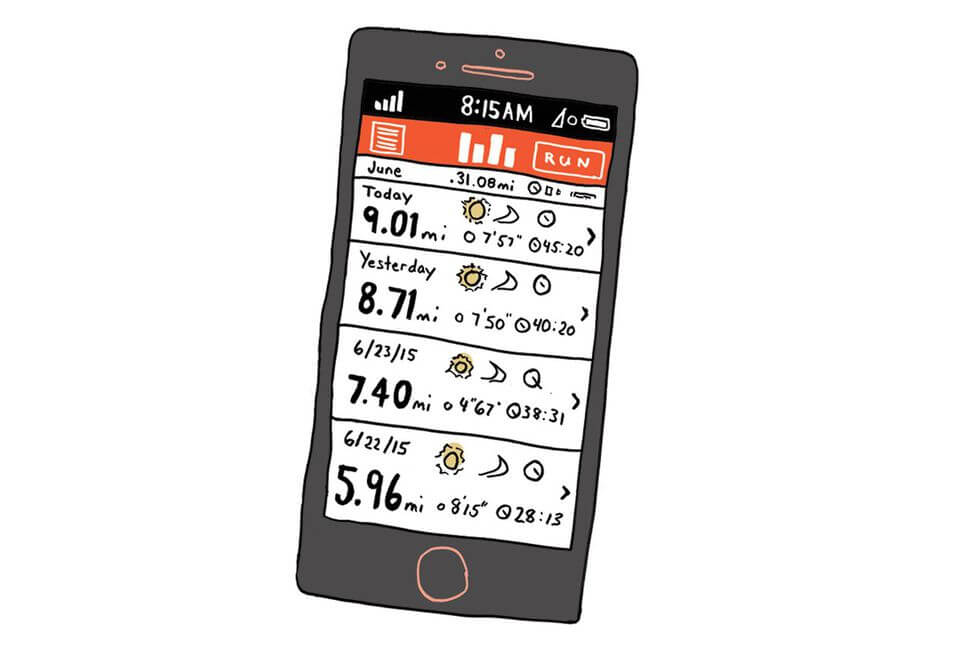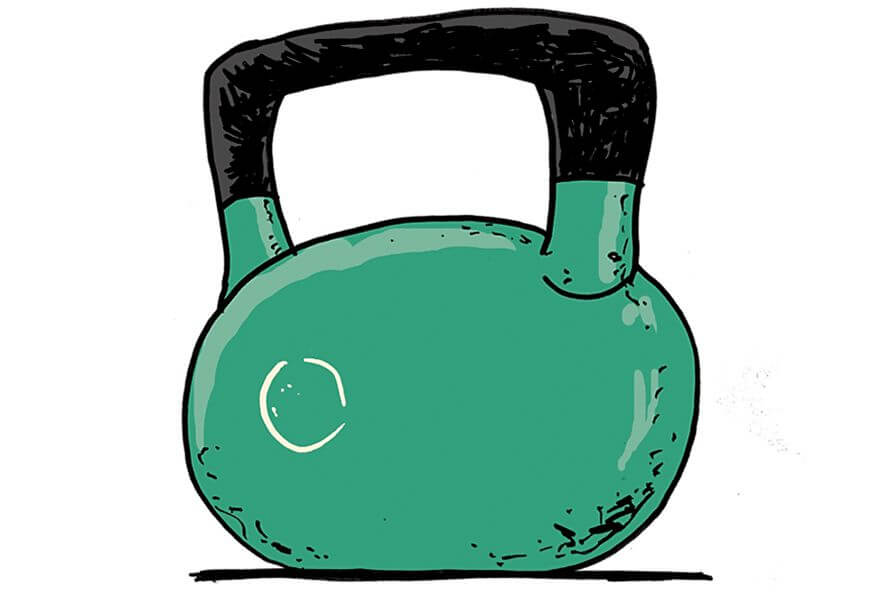Become a Better Distance Runner – 5 Ways to Take Your Training to the Next Level
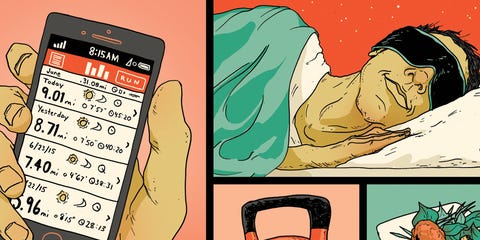
Michael Byers
As Masters Athletes we look for ways to improve our running training and performance, learn from others and keep simple!
It’s one thing to just dream of a breakthrough—and another to create it. At some point you need to question: What elements are missing from my training? Which are the bad habits have I let sneak in? What have I not changing in my lifestyle?
If you’re looking to take a big leap in your racing, here are some foolproof ways to get serious about your running.
1 Emphasise Endurance
Michael Byers
Many years ago, changing up to to the marathon was seen as the death step for speed. Then athletes like Paula Radcliffe, Deena Kastor, and Dathan Ritzenhein actually returned to the track faster than ever in the months after racing 26.2 miles.
It is well researched that Increasing your mileage comes with lots of benefits: increased and improved capillary density, greater numbers of the power houses mitochondria, better usage of our fat as fuel while running fast, muscle fiber adaptations, and higher glycogen storage. These cellular-level changes allow you to maintain a target pace for a longer time by making your body more efficient with oxygen usage and energy production.
Increasing your mileage takes time. To make a 25 percent increase in volume, a person accustomed to running eight hours a week would now be running 10 hours.
However adding volume does increase the inherent risk of overuse injuries such as IT band syndrome and tendinitis. To lower these risk levels, make sure you take the time to adapt to your training and also have a sound recovery strategy in place
What to Change: Run more easy miles, even if you’re training for the 5K.
Why: Upping your mileage steadily and safely is the best-known way to improve your all important aerobic capacity, which increases speed endurance or how long you can sustain a pace during a race.
The Challenge: Making a jump in mileage requires patience and that is key!
2 Make Recovery a Priority
Michael Byers
I talk about recovery all of the time, without recovery no matter what training you do it will simply become pointless. make sure to check out all my posts on recovery and which tools to get such as a PULSEROLL
What to Change: Lower your easy recovery day mileage and/or slow your recovery pace, and get more sleep.
Why: Failing to recover from your training programme sets you up for injury and burnout.
The Challenge: Sport is rife with messages that say to get better you have to work harder and harder than everyone else. Cutting back on recovery day mileage seems counter intuitive to getting faster.
3 Become a Complete Athlete
Michael Byers
Core stabilising muscles are certainly important, but just as important are the muscles, ligaments, and tendons in the lower and upper body. Several studies have found evidence for the importance of lifting heavy weights, especially with the lower body, improved race times from improved economy for well-trained distance runners.
Attention in the strength and conditioning world has moved away from raw maximum strength and more toward reducing the gaps in strength and flexibility between paired muscles. Functional movement is somewhat of a buzzword and if you ignore that but still pay attention to it you can make some very good strides in improvement of performance.
While exercises that target the core as a whole broken up into the abs, obliques, lower back, and hip structure are still included in this program, so are exercises that work on the big players such as the quads, hamstrings, calves, Achilles tendons, shoulders, and chest muscles.
Another option to develop strength and power is to train on steep hills. One recent study found that hill runs developed stronger hip flexors, which could be related to better form, efficiency, and faster times.
What to Change: Strength train your entire body, front and back not just your legs or midsection.
Why: You need full-body strength and power to run with your best technical form, using your full range of motion and power.
The Challenge: Strength training takes more extra time and energy on top of running. It tends to be a tedious discipline with none of the joy or clearly visible progress of running.
4 Embrace Positivity

Michael Byers
As a Masters athlete, or even just a runner in general, injury and times where training is not as rewarding as it once was will most definable come around and be a huge factor. It is at these moments that set us apart from the rest. The benefit of performing athletics is that being consistent is mostly the key. so stick at it and be patient and your time will come around
What to Change: Enjoy running for the purity of running’s sake, not just for its outcomes.
Why: A happy, positive runner performs so much better and feels more satisfaction.
The challenge: Runners are competitive— that it, we are worst enemy
5 Be Persistent and Consistent
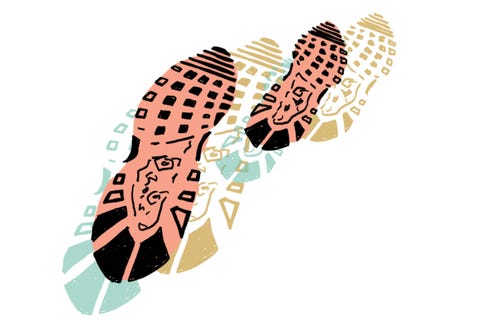
Michael Byers
As just stated
Year-in and year-out consistency can make all the difference in the world when it comes to making a big jump in performance. “Distance running takes patience,” says Art Siemers, head cross-country coach at Colorado State University. “My main focus is finding athletes with the desire, commitment, and patience to slowly build an aerobic base over their early college years, aiming toward a big breakthrough once the body adapts to the stress of higher mileage. This can be a challenge in the age of instant gratification, but those athletes who possess patience and a strong work ethic usually succeed.”
What to Change: Make running your default part of your life: every day, week, month, and season.
Why: Big leaps in running come about only by transforming your body through training and adaptation, and those transformations only occur over time.
The Challenge: It’s hard to measure the progress of one day and too easy to convince yourself it doesn’t make a difference. It’s also easier to negotiate the time and find the willpower for a hard, short-term push than to adopt a long-term lifestyle change.

